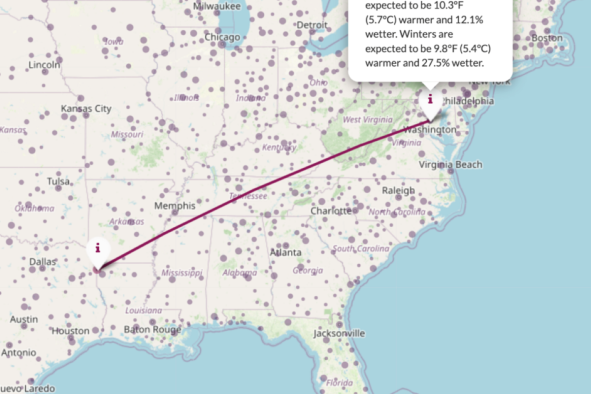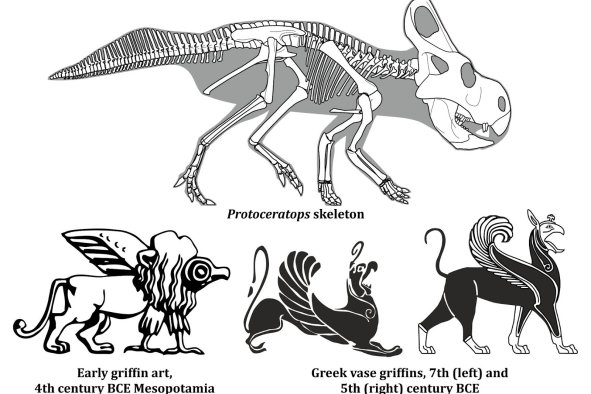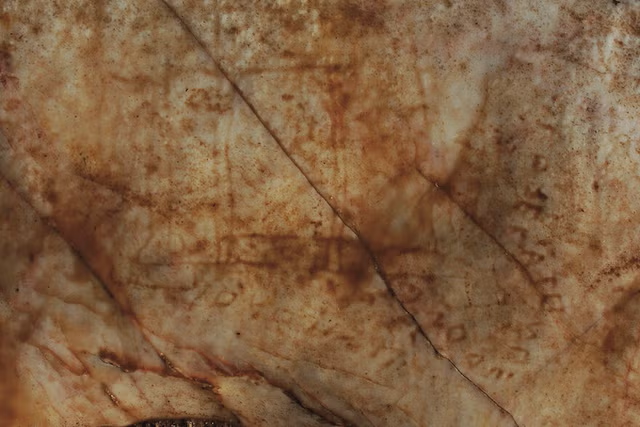Scientists may have figured out how supermassive black holes manage to grow quite so large.
A powerful magnetic wind that swirls around these gargantuan cosmic phenomena like water around a plughole may enable them to grow to their immense sizes, according to a new paper in the journal Astronomy and Astrophysics.
This process may be similar to that involved in the birth of stars, researchers suggested.
Supermassive black holes are a class of black holes that are extraordinarily massive, typically containing millions to billions of times the mass of our sun. They are usually found at the centers of most galaxies, including our own—the one at the center of the Milky Way is known as Sagittarius A*.
In the paper, the researchers described how they studied the black hole in the center of a galaxy named ESO320-G030, situated around 120 million light years away from us. This galaxy is much more active than our own, forming new stars at a rate around 10 times faster than the Milky Way.
Supermassive black holes usually have a vast accretion disk around their event horizon, which gets heated to extremely high temperatures, emitting radiation. The researchers closely studied the dense gas surrounding the black hole in the center of ESO320-G030 using the Atacama Large Millimeter/submillimeter Array (ALMA) telescope, and found that there was a strong, rotating, magnetized wind spinning around it.
"Since this galaxy is very luminous in the infrared, telescopes can resolve striking details in its center. We wanted to measure light from molecules carried by winds from the galaxy's core, hoping to trace how the winds are launched by a growing, or soon to be growing, supermassive black hole. By using ALMA, we were able to study light from behind thick layers of dust and gas," study co-author Susanne Aalto, a professor of radio astronomy at Chalmers University of Technology, said in a statement.
This newly found wind may push material into the black hole, causing it to slowly grow.
"We can see how the winds form a spiraling structure, billowing out from the galaxy's center. When we measured the rotation, mass, and velocity of the material flowing outwards, we were surprised to find that we could rule out many explanations for the power of the wind, star formation for example. Instead, the flow outwards may be powered by the inflow of gas and seems to be held together by magnetic fields," said Aalto.
This process is also similar to how new stars and planets form, with a swirling cloud of gas and material slowly accumulating due to gravity.
"It is well-established that stars in the first stages of their evolution grow with the help of rotating winds—accelerated by magnetic fields, just like the wind in this galaxy. Our observations show that supermassive black holes and tiny stars can grow by similar processes, but on very different scales," study co-author Mark Gorski, an astronomer at Chalmers University of Technology and Northwestern University, said in the statement.
The researchers hope to investigate the supermassive black holes in the centers of other galaxies to confirm if this mechanism is indeed how supermassive black holes grow to their immense sizes.
"Far from all questions about this process are answered. In our observations we see clear evidence of a rotating wind that helps regulate the growth of the galaxy's central black hole. Now that we know what to look for, the next step is to find out how common a phenomenon this is. And if this is a stage which all galaxies with supermassive black holes go through, what happens to them next?" Gorski said.
Do you have a tip on a science story that Newsweek should be covering? Do you have a question about supermassive black holes? Let us know via science@newsweek.com.
Disclaimer: The copyright of this article belongs to the original author. Reposting this article is solely for the purpose of information dissemination and does not constitute any investment advice. If there is any infringement, please contact us immediately. We will make corrections or deletions as necessary. Thank you.



